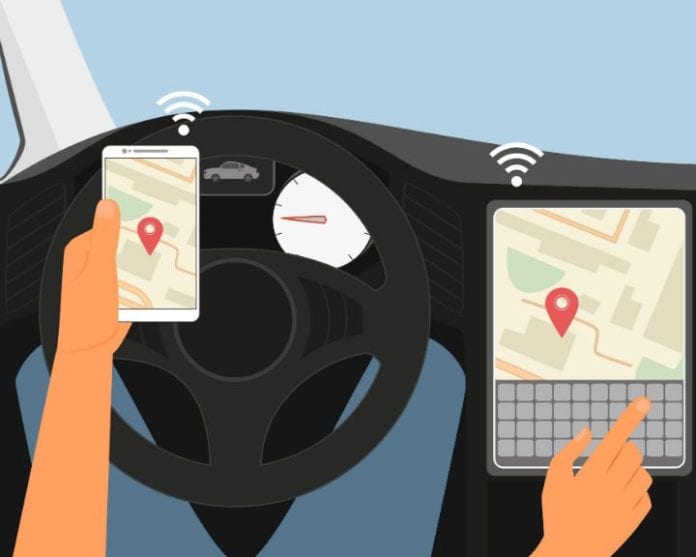Editor’s Note: RCR Wireless News has made many questionable decisions over the years. One of which is agreeing to let a long-time industry observer provide commentary on what is chapping his hide across the wireless industry. His name is Hunter Gates. We call him the Mobile Martyr. We also attempt to make this column suitable for most to read, but despite our best efforts, it still received a “PG-13” rating. You have been warned.
I have seen the future of the car and am far from impressed. This whole “connected car” concept has to be one of the dumbest things I’ve ever seen and will probably lead to a multitude of car accidents caused either by distracted drivers fiddling with their new gadget, or by irate drivers who just saw their latest phone bill now that there’s a car attached to it.
The concept has so many issues that it’s hard to decide where to start; and if I sound calmer and more rational than usual it’s because I’m worn down by the ridiculousness. So, let’s start with carrier double-talk. On the one hand, the carriers are all rightly concerned about safety on the road. “It can wait” is the general theme; as in, stop reading your texts or playing around with the phone you dumbass and focus on the road in front of you. Seems like a reasonable point, and one I vigorously agree with. But then carriers all get excited about connecting the car and allowing us to check our messages, the weather, what’s playing at the local movie theater and so on. Hey Bubba, guess what? All of that stuff is Not Necessary while driving and is the poster child for “It can damn well wait.” So yes, the need for this stuff is somewhat questionable to say the least.
Then there’s the whole concept of connecting an object, such as the car. The mobile carriers have spent years talking about the evolution of communication. You know, how we used to call a house (the landline), and mobile empowered us all so we could call an individual. Marvelous. Now we are moving backwards and will call a car rather than a person? Really? How does that make any sense? “I’m sorry, I’m not in my car right now. Try my home and if all else fails, call my cellphone.”
But let’s move beyond these two major problems and focus on a more fundamental one. Why the hell would I connect my car in the first place? I have a smartphone that is with me all the time – isn’t that my mobile connection? What is required is not an additional modem in the car, but an interface that allows the smartphone to talk to the car’s main display. Entering “car mode” should enable the car display to show what is on the smartphone – and perhaps a specific set of apps that support car-related activities. We do not need a separate connection back to the network to make all of that stuff work, we just need Mirror Link or CarPlay or one of a dozen similar initiatives to take off and be embraced by the auto manufacturers.
But a dumb link to the car doesn’t benefit the carriers, and Bubba, they do look set to benefit. AT&T announced a half-million connected cars last quarter. Not too shabby for a recent initiative. At least until you take a closer peek under the hood. These are not 500,000 consumers who just can’t live without an LTE car. No sir. Rather, this is a half-million cars that rolled off the dealer’s parking lot and came, as default, as a connected car either because of a promotion or, more likely, because the manufacturer is using the connection for diagnostics. As such, this is far more a low-priced machine-to-machine deal, rather than the more lucrative consumer add-on.
For the manufacturers, this makes sense so they can see what’s going on in the car without it coming back to the engineers. Because that way, we can see less recalls because things can be fixed over the air. Sneaky huh? But what if the unthinkable happens? What if the over-the-air update bricks your car’s CPU? After all, many a phone has suffered such a sad fate.
Photo copyright: juliatim / 123RF Stock Photo

